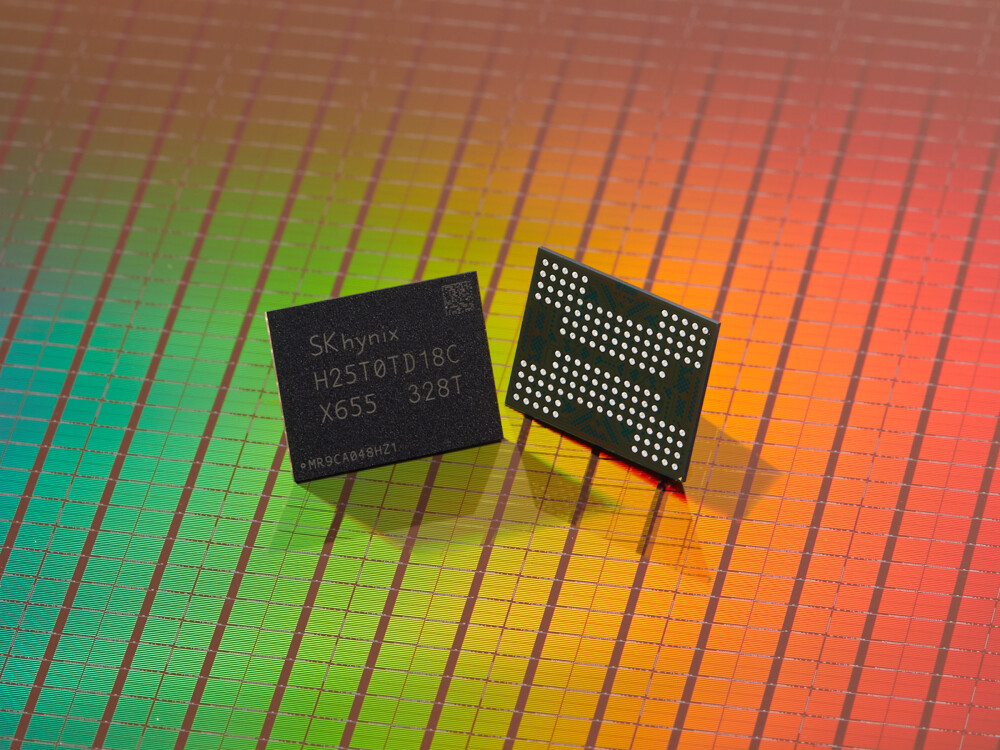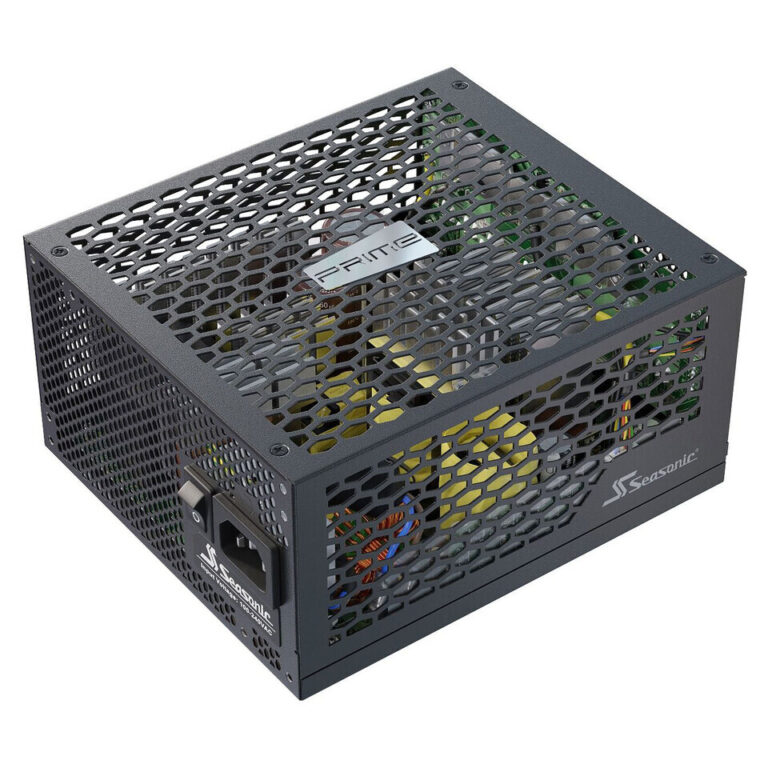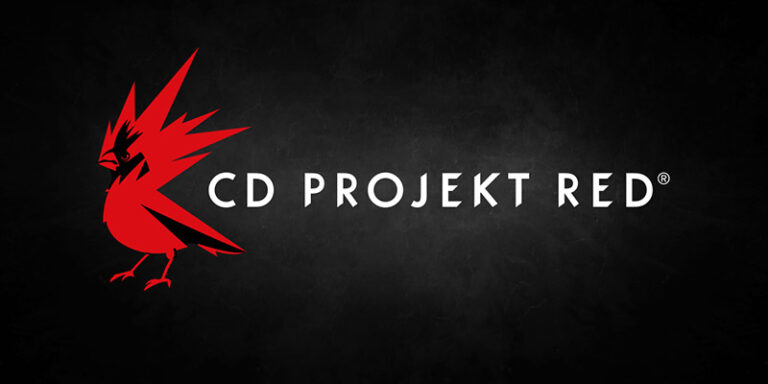
The boom in AI infrastructure is putting huge pressure on the semiconductor supply chain, and NAND flash storage is feeling the squeeze more than most. Phison Electronics CEO Pua Khein-Seng recently warned that shortages could hit in 2026 and drag on for a full decade—far longer than the usual one- or two-year blips we’ve seen before. In an interview with Taiwanese CommonWealth Magazine, Pua explained that the mix of skyrocketing AI storage needs and limited recent investments in flash production is setting up a perfect storm.
Pua points to an “investment hangover” from past cycles, where heavy spending led to price crashes, causing flash makers to pull back. Around 2023, a lot of capital shifted to high-bandwidth memory for AI training, which offered better margins, leaving NAND behind just as demand started climbing again. He also highlights how cloud operations are moving from training to inference, where workloads and model storage create ongoing, massive NAND demands. As a key SSD controller designer, Pua has a front-row seat to where the market is heading, well ahead of the curve.
This shift is already shaking things up—new storage modules are bringing flash closer to memory buses, inventories are tight, and some suppliers are hiking prices or holding discounts. Pua predicts SSDs will dominate bulk storage as capacities grow and prices align with hard drives, which are facing delays. If his decade-long shortage holds true, data centers will need steady capacity expansions and a shift in funding toward storage. Building fabs isn’t quick or cheap, and it’s unclear if NAND makers will prioritize it over higher-profit HBM. For now, as AI keeps growing, the pressure on NAND is only mounting.
What do you think about this long-term shortage warning? I’d love to hear your thoughts!




